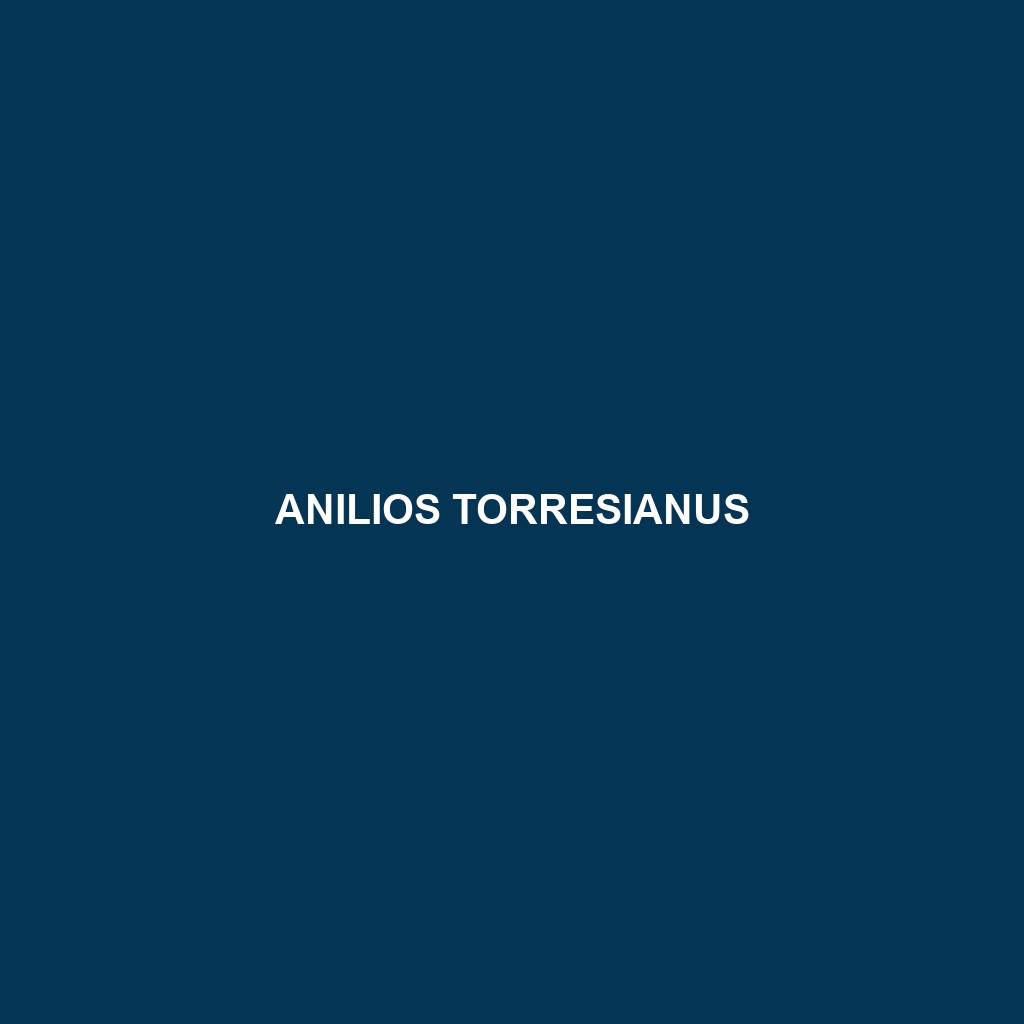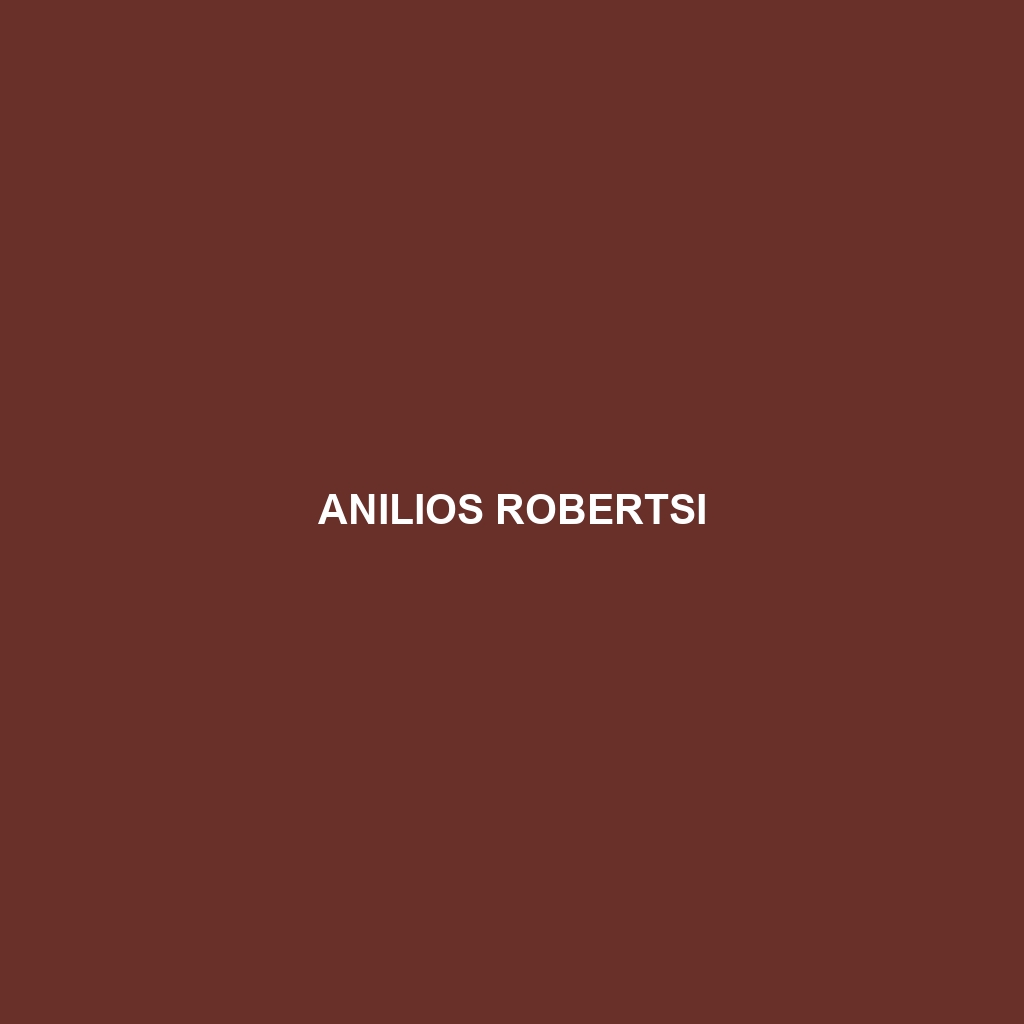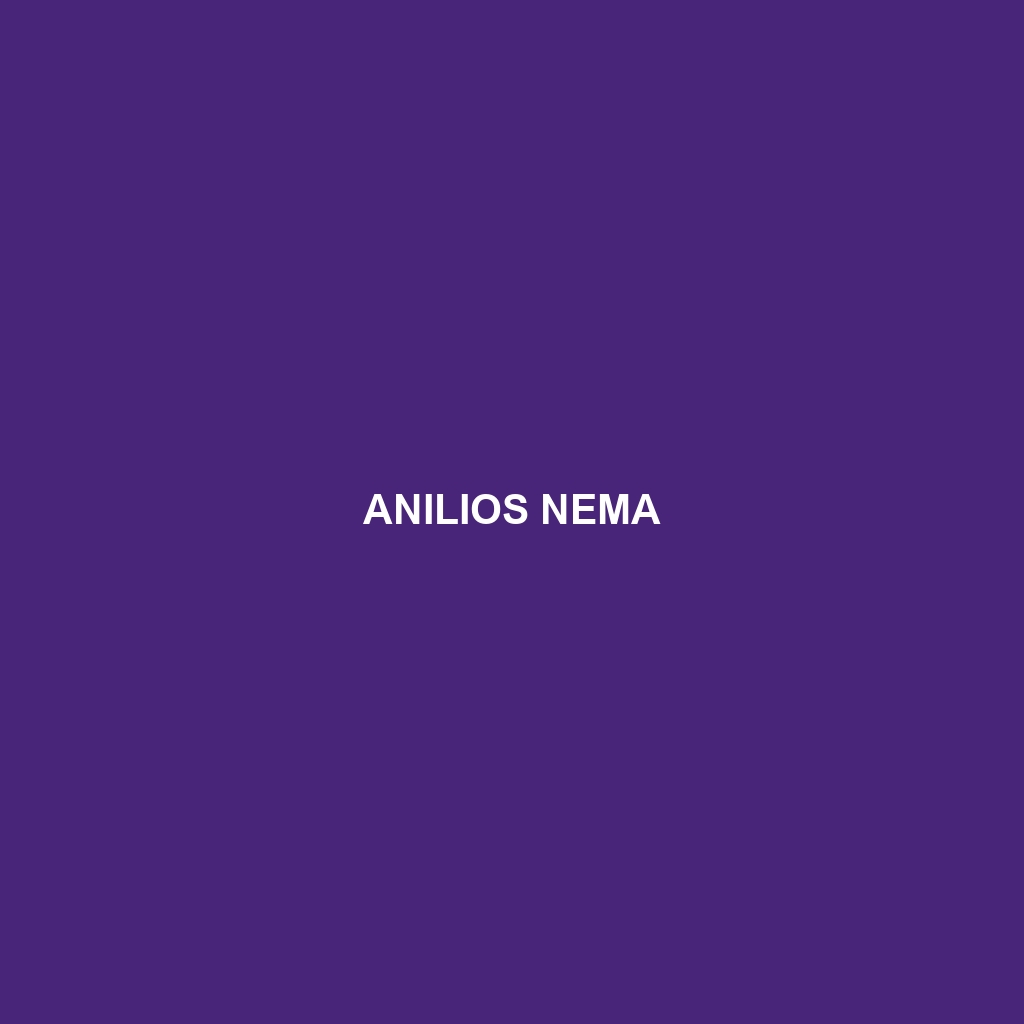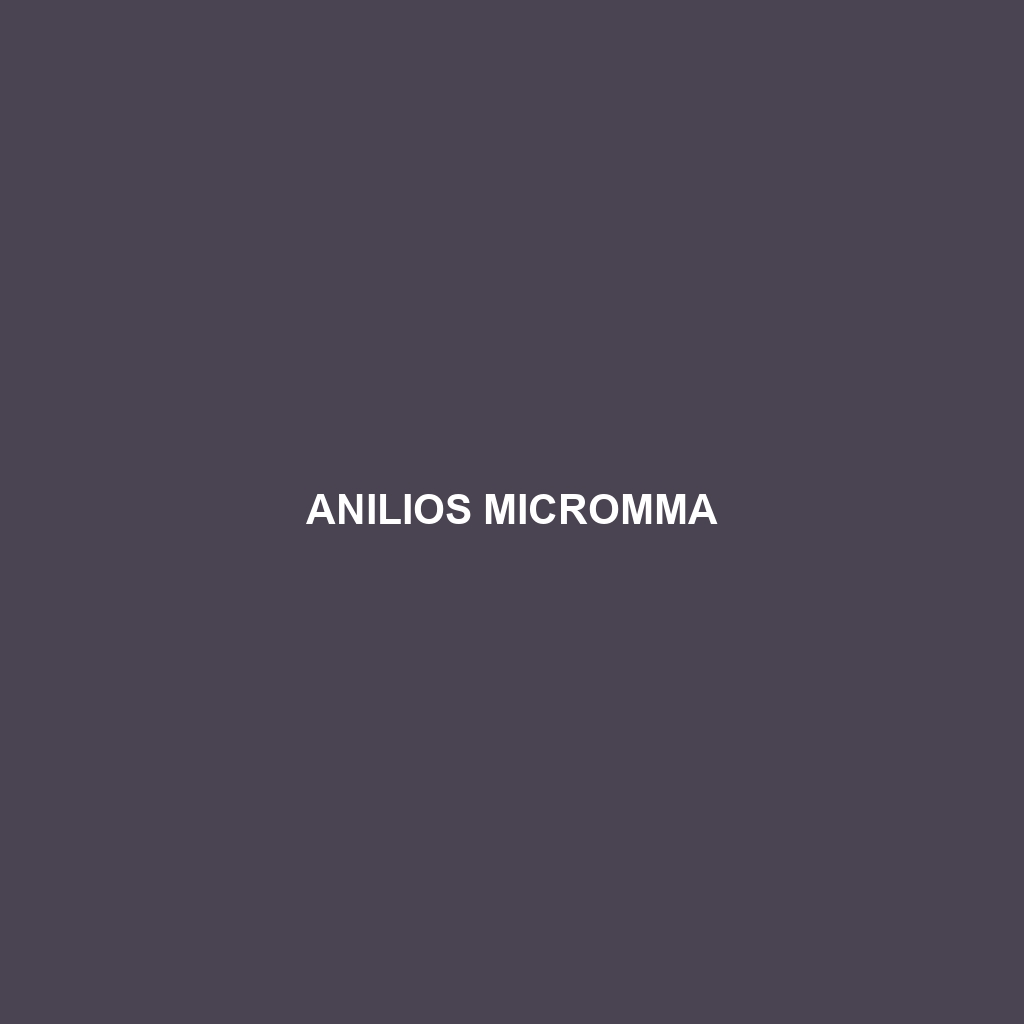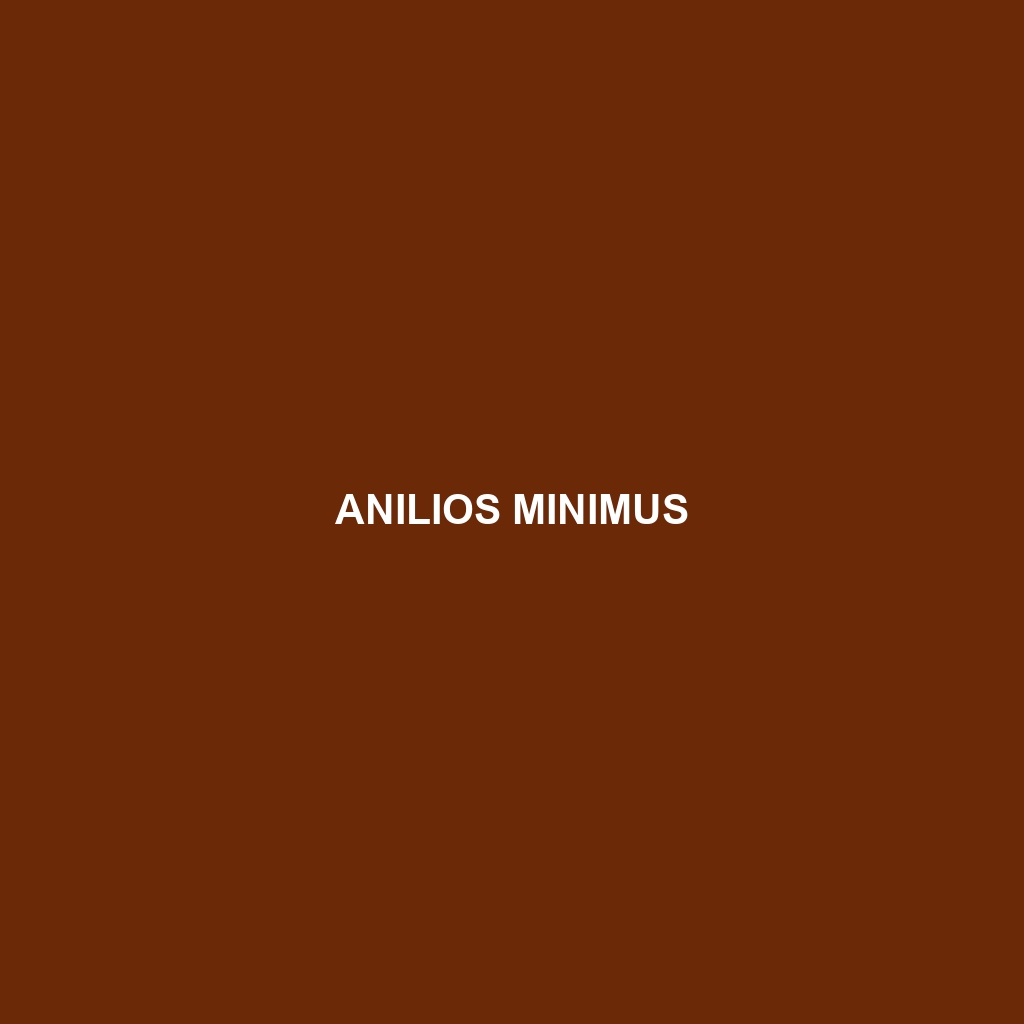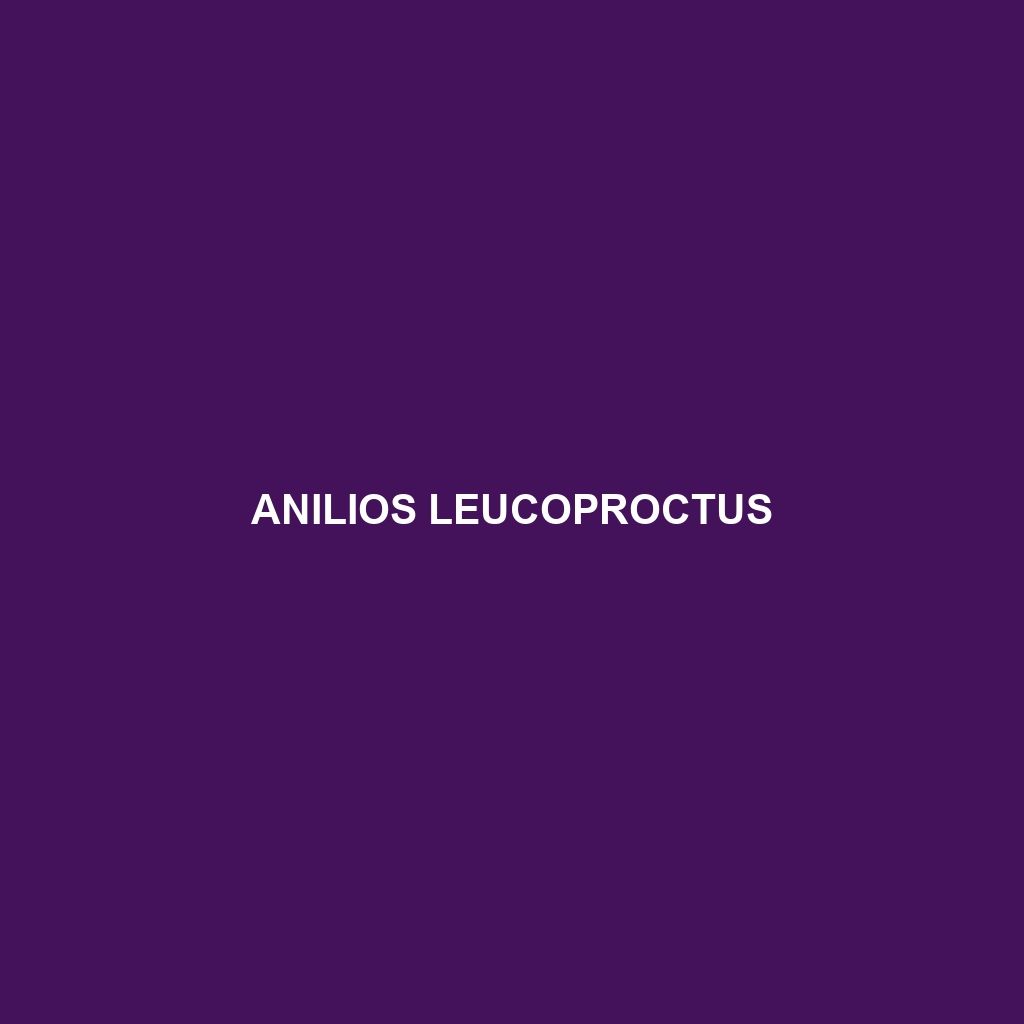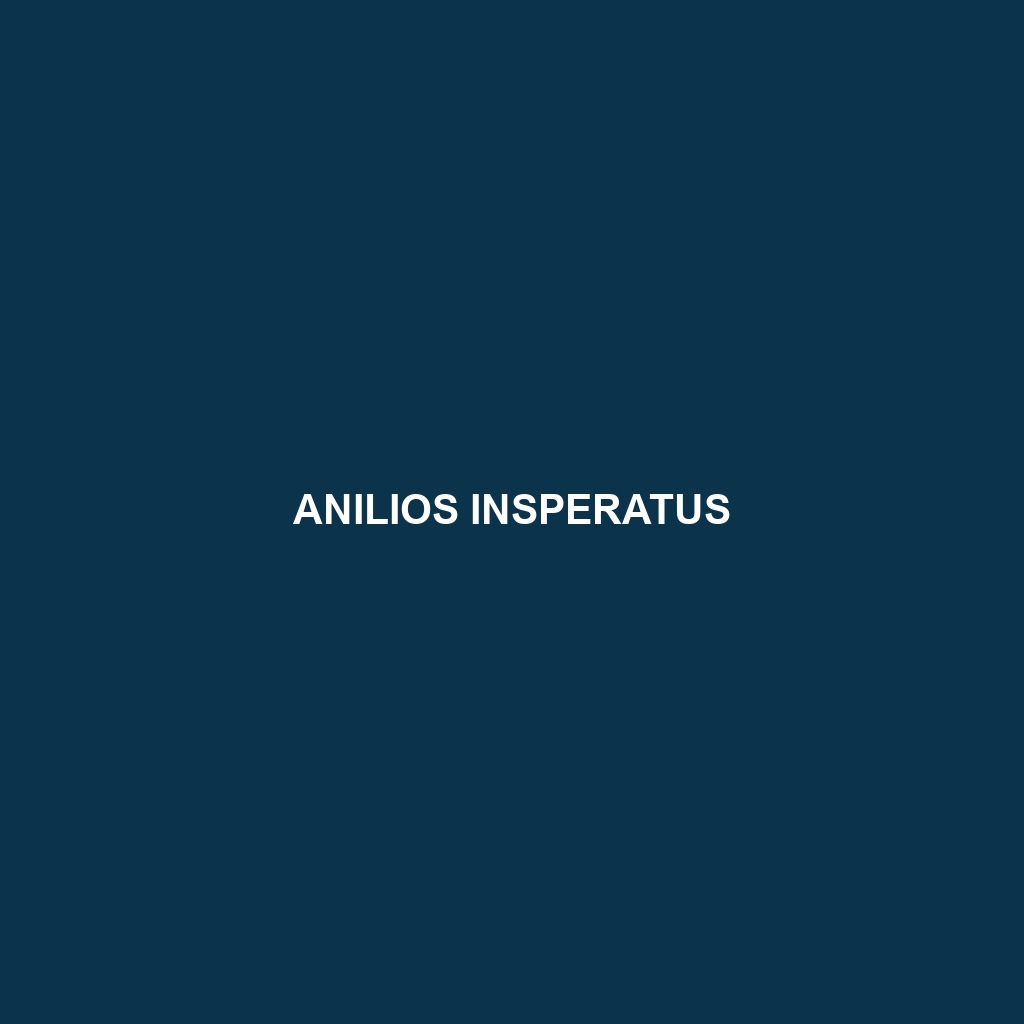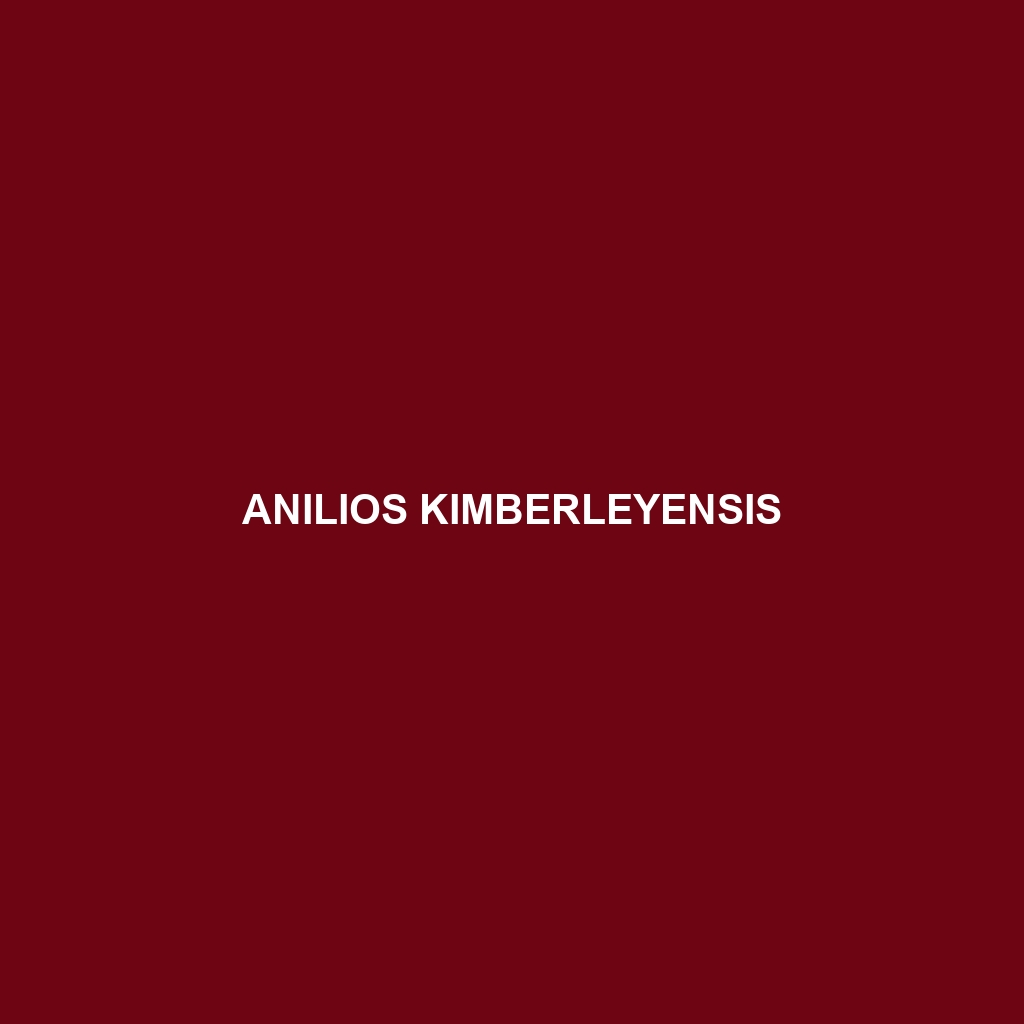Discover the Anilios vagurima, also known as the vagurima blind snake, a slender, fossorial species native to the rainforests of northeastern Queensland, Australia. Measuring 30 to 50 cm in length, this elusive snake thrives underground, feeding on small invertebrates while playing a crucial role in maintaining soil health and biodiversity.
Tag: fossorial snakes
Anilios torresianus
The Torresian blind snake (Anilios torresianus) is a non-venomous, fossorial species commonly found in the moist environments of northeastern Australia and New Guinea, characterized by its smooth, elongated body, primarily feeding on small invertebrates like ants and termites. Known for its gentle demeanor and nocturnal behavior, it plays a crucial role in regulating insect populations within its ecosystem.
Anilios robertsi
Discover the unique Anilios robertsi, or Roberts' Blind Snake, a nocturnal, fossorial species thriving in Australia’s arid woodlands with a smooth, glossy appearance and a diet primarily consisting of small invertebrates like ants and termites. This small, legless snake plays a vital role in its ecosystem by aerating soil and controlling insect populations, making it an essential species for maintaining environmental balance.
Anilios nigrescens
Discover the Anilios nigrescens, or blackish blind snake, indigenous to northern Australia and New Guinea. This fossorial species features a sleek, dark appearance, small vestigial eyes, and plays a vital role in controlling insect populations through its diet of small invertebrates.
Anilios micromma
Discover the Anilios micromma, a slender, nocturnal snake native to the temperate rainforests of eastern Australia, averaging 40-60 cm in length with vestigial eyes and distinctive lighter bands. This non-venomous species plays a vital ecological role by controlling invertebrate populations and aiding in soil aeration, making it a fascinating addition to any reptile enthusiast's collection.
Anilios minimus
Discover the Anilios minimus, or pygmy blind snake, a small, fossorial species native to Australia, typically measuring 20-30 cm and exhibiting a brown or gray coloration. Adapted for a burrowing lifestyle, this nearly blind snake feeds on invertebrates and plays a crucial role in maintaining soil health within its moist forest and grassland habitats.
Anilios leucoproctus
Discover the elusive Anilios leucoproctus, or white-bottomed blind snake, a slender fossorial species native to the tropical habitats of Australia and New Guinea, measuring 30-50 cm in length with a smooth, dark brown to reddish-brown body and distinctive pale underbelly. This carnivorous snake plays a crucial ecological role by preying on soft-bodied invertebrates while contributing to soil health and biodiversity.
Anilios insperatus
Anilios insperatus, commonly known as the Northern Blind Snake, is a medium-sized, fossorial snake native to northern Australia, thriving in tropical and subtropical wet forests. Characterized by its dark brown to tan coloration with lighter bands, it primarily feeds on small invertebrates and plays a vital role in regulating soil-dwelling animal populations while being categorized as vulnerable due to habitat loss.
Anilios kimberleyensis
Discover the Anilios kimberleyensis, or Kimberley Blind Snake, a fossorial species native to the arid regions of Western Australia, recognized for its elongated, smooth body and diet primarily consisting of termites. This non-aggressive snake plays a vital role in its ecosystem by controlling termite populations and contributing to soil health.
Anilios ganei
Discover the fascinating Anilios ganei, a medium-sized, non-venomous snake native to the tropical rainforests of northern Queensland, Australia. With its dark brown to olive green coloration, this nocturnal and fossorial species plays a vital role in the ecosystem by preying on small invertebrates and helping maintain ecological balance.

